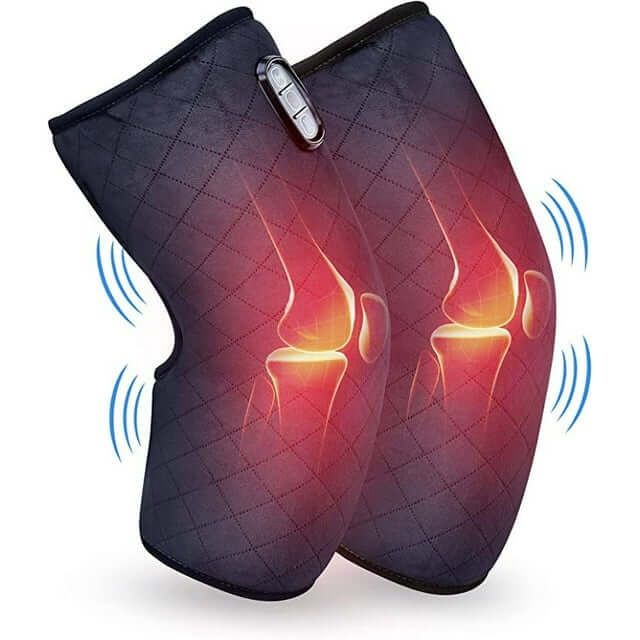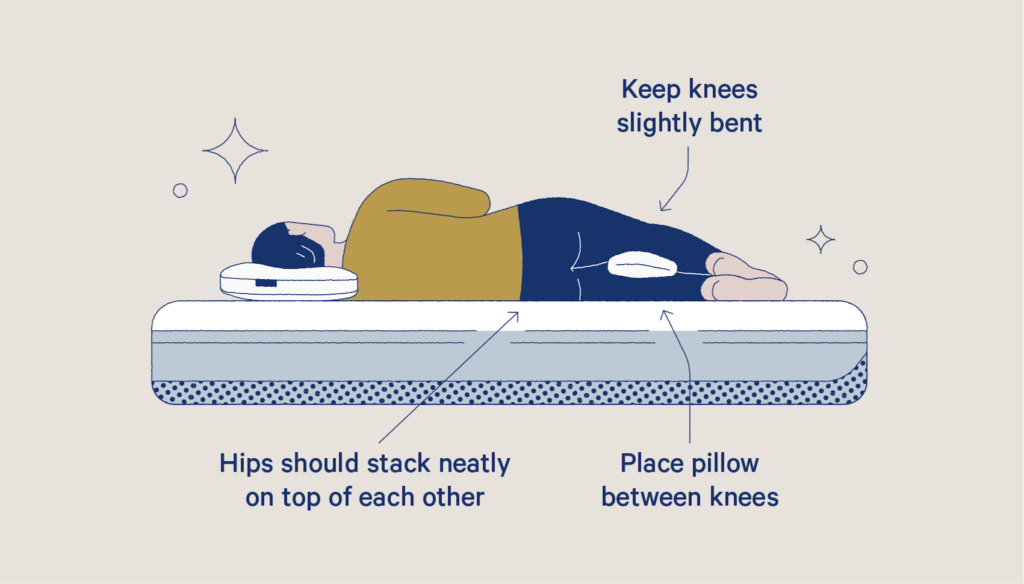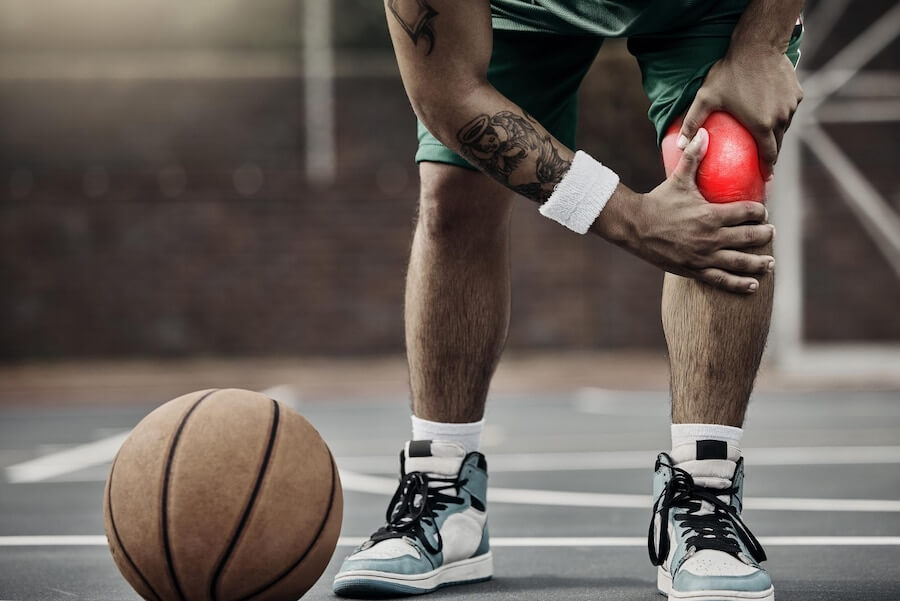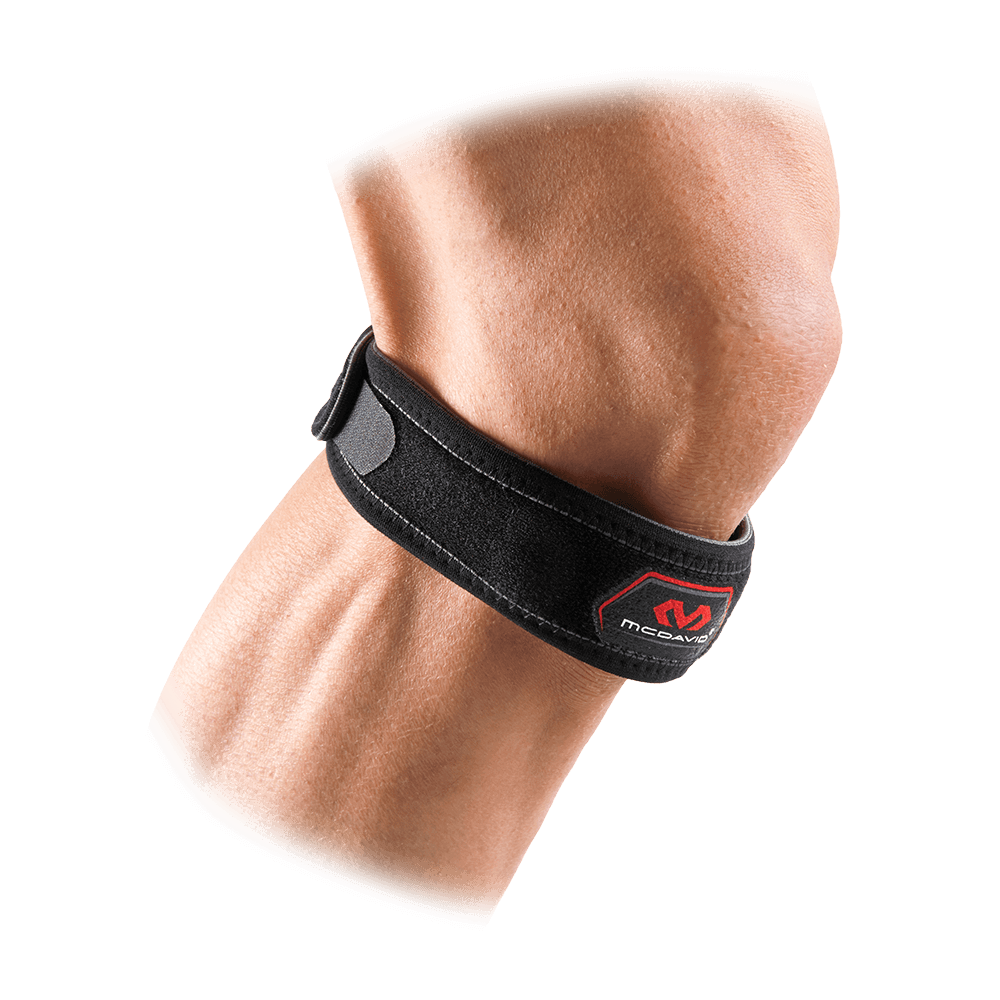Are you one of the many athletes who have experienced the pain and frustration of IT band syndrome? If so, you know how debilitating this condition can be. The iliotibial band (IT band) is a thick band of tissue that runs along the outside of the thigh, from the hip to the knee. When this band becomes tight or inflamed, it can cause pain and discomfort, making it difficult to continue with your regular training or activities.

Fortunately, there are ways to manage and prevent IT band syndrome, and one of the most effective methods is through a supportive community. In this article, we’ll explore the importance of community connections for IT band warriors and how they can help you overcome this common injury.
What is IT Band Syndrome?
Before we dive into the importance of community connections, let’s first understand what IT band syndrome is and how it affects athletes.
Understanding the IT Band
The IT band is a thick band of connective tissue that runs along the outside of the thigh, from the hip to the knee. It plays a crucial role in stabilizing the knee during movement, particularly during activities like running, cycling, and hiking.
Causes of IT Band Syndrome
IT band syndrome is a common overuse injury that occurs when the IT band becomes tight or inflamed. This can happen due to a variety of reasons, including:
- Overtraining or increasing mileage too quickly
- Poor running form or biomechanics
- Weak hip muscles
- Tight muscles in the hips, glutes, or quads
- Worn-out or improper footwear
- Running on uneven or slanted surfaces
Symptoms of IT Band Syndrome
The most common symptom of IT band syndrome is pain on the outside of the knee, which can range from a dull ache to a sharp, stabbing pain. This pain may worsen with activity, particularly when running downhill or on uneven surfaces. You may also experience swelling or tenderness on the outside of the knee.
The Importance of Community Connections for IT Band Warriors
IT band syndrome can be a frustrating and isolating injury, but it doesn’t have to be. Building a supportive community can make a significant difference in your recovery and prevention efforts. Here’s why:
Shared Experiences and Advice
Connecting with other athletes who have experienced IT band syndrome can provide valuable insights and advice. They can share their experiences with different treatments, stretches, and exercises that have helped them recover and prevent future injuries. This can save you time and effort in finding the right methods for your own recovery.
Motivation and Accountability
Having a supportive community can also provide motivation and accountability. When you have others who understand your struggles and goals, it can be easier to stay on track with your recovery and prevention efforts. You can also hold each other accountable for sticking to your training plans and incorporating necessary stretches and exercises.
Emotional Support
Dealing with an injury can take a toll on your mental and emotional well-being. Having a community of like-minded individuals who understand what you’re going through can provide much-needed emotional support. They can offer words of encouragement, share their own struggles, and provide a sense of camaraderie during a challenging time.
Building Your Community: Where to Find Support
Now that we understand the importance of community connections for IT band warriors, let’s explore where you can find this support.
Online Communities and Forums
The internet is a great place to connect with other athletes and find support for IT band syndrome. There are various online communities and forums dedicated to running, cycling, and other sports where you can find others who have experienced IT band syndrome. These communities often have dedicated threads or groups for injury support, where you can ask questions, share your experiences, and find valuable advice.
Local Running or Cycling Groups
If you prefer in-person connections, consider joining a local running or cycling group. These groups often have members who have experienced IT band syndrome and can offer support and advice. You can also find training partners who can help keep you accountable and motivated during your recovery and prevention efforts.
Physical Therapy or Sports Medicine Clinics
Physical therapy or sports medicine clinics are excellent resources for finding support and connecting with others who have experienced IT band syndrome. These clinics often have group therapy sessions or classes specifically for athletes with IT band syndrome, where you can meet others and receive professional guidance and support.
IT Band Stretches and Exercises for Prevention and Recover
In addition to finding support from a community, incorporating IT band stretches and exercises into your routine is crucial for preventing and recovering from IT band syndrome. Here are a few stretches and exercises to try:
Foam Rolling

Foam rolling is an effective way to release tension and tightness in the IT band. Lie on your side with the foam roller under your hip, and slowly roll down the outside of your thigh to just above your knee. Repeat on the other side.
Clamshells
Clamshells are a great exercise for strengthening the glutes, which can help prevent IT band syndrome. Lie on your side with your knees bent and feet together. Keeping your feet together, lift your top knee while keeping your feet together. Repeat on the other side.
Side Leg Raises

Side leg raises are another exercise that targets the glutes and can help prevent IT band syndrome. Lie on your side with your legs straight. Lift your top leg, keeping it straight, and then slowly lower it back down. Repeat on the other side.
Conclusion
IT band syndrome can be a frustrating and debilitating injury, but with the right support and resources, you can overcome it. Building a community of like-minded individuals who understand your struggles and goals can provide valuable insights, motivation, and emotional support. Combined with proper stretches and exercises, you can prevent and recover from IT band syndrome and continue pursuing your athletic goals.




